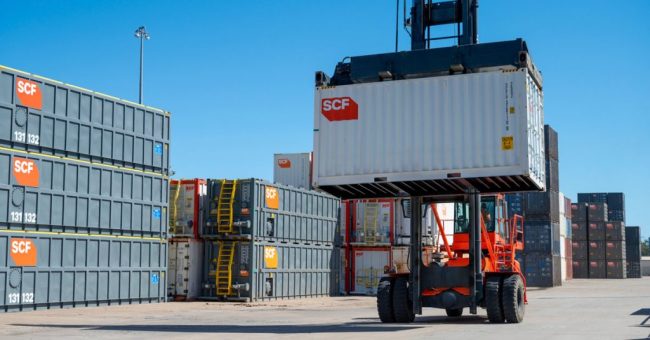Things to Remember When Transporting Hazardous Materials
Shipping plastic chairs and tables are one thing. They’re relatively simple to package, palletize, and load. Even unusually shaped and sized machinery would necessitate a non-standard container, such as an open-top or flat rack.
However, shipping hazardous goods, which might endanger the health and safety of those who handle them, is a completely different ballgame. Hazardous materials are items that could harm living creatures or the environment. This can be done as a stand-alone product/substance or in conjunction with other products/substances via contact or reaction.
Proper Packaging
As things stand, good packaging using SCF containers is critical in the transportation of routine cargo, and even more so in the shipment of hazardous commodities. Dangerous goods should be safely packaged so that it does not represent a concern throughout the ocean freight route and any turbulence they may encounter. It also has to reach in good condition at its destination. If you’re shipping hazardous goods that are susceptible to fluctuations in humidity, condensation, temperature, or moisture, ensure sure the container is water, wind, and airtight.

Label
Because of the possible threat that transporting these hazardous items can pose, it is critical to identify your shipments appropriately. Make sure you’re using the correct labels and stickers, and that they’re clearly visible on both the inside and outside of the package. To avoid confusion, remove all extraneous and unrelated labels from the outer packing. Indicate the cargo’s International Maritime Dangerous Goods (IMDG) code or UN number, which indicates the cargo’s risk and danger level to those handling it. In case of an emergency, you might also want to include the shipper’s phone number.
Get Insurance
It would be foolish to cut corners on insurance when carrying hazardous items because the risks are higher. You may need different coverages depending on whether you’re moving hazardous cargo domestically or abroad. Keep in mind how long it will take to process your insurance request. So, as soon as you’ve determined the kind, amount, and destination of your shipment, contact an insurance broker.
Right Documentation
Preparing paperwork for hazardous materials transportation is far more difficult — and probably more vital — than preparing papers for conventional goods. Different sets of documents may be required depending on the nature and classification of your cargo in order for it to be properly declared and cleared for transit and handling.
The recommendation is to start planning at least four months ahead of time, as obtaining the necessary licenses might take more than 120 days. The shipment of hazardous cargo requires prior authorization from the operating carrier, which could take some time – and much longer if the carriers are vessel sharing. Due to reduced trucking capacity, it is now more difficult to locate truckers to transport hazardous materials.


